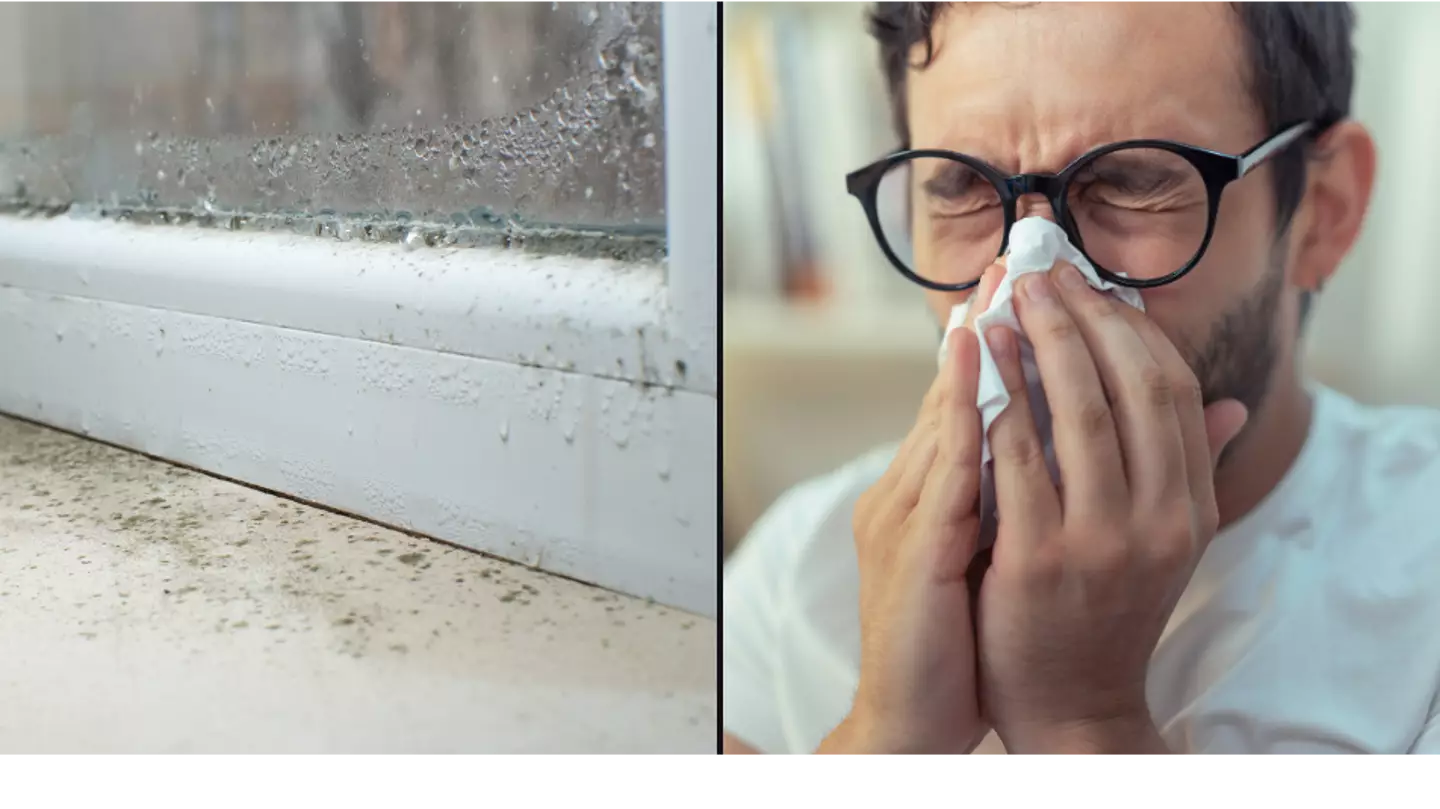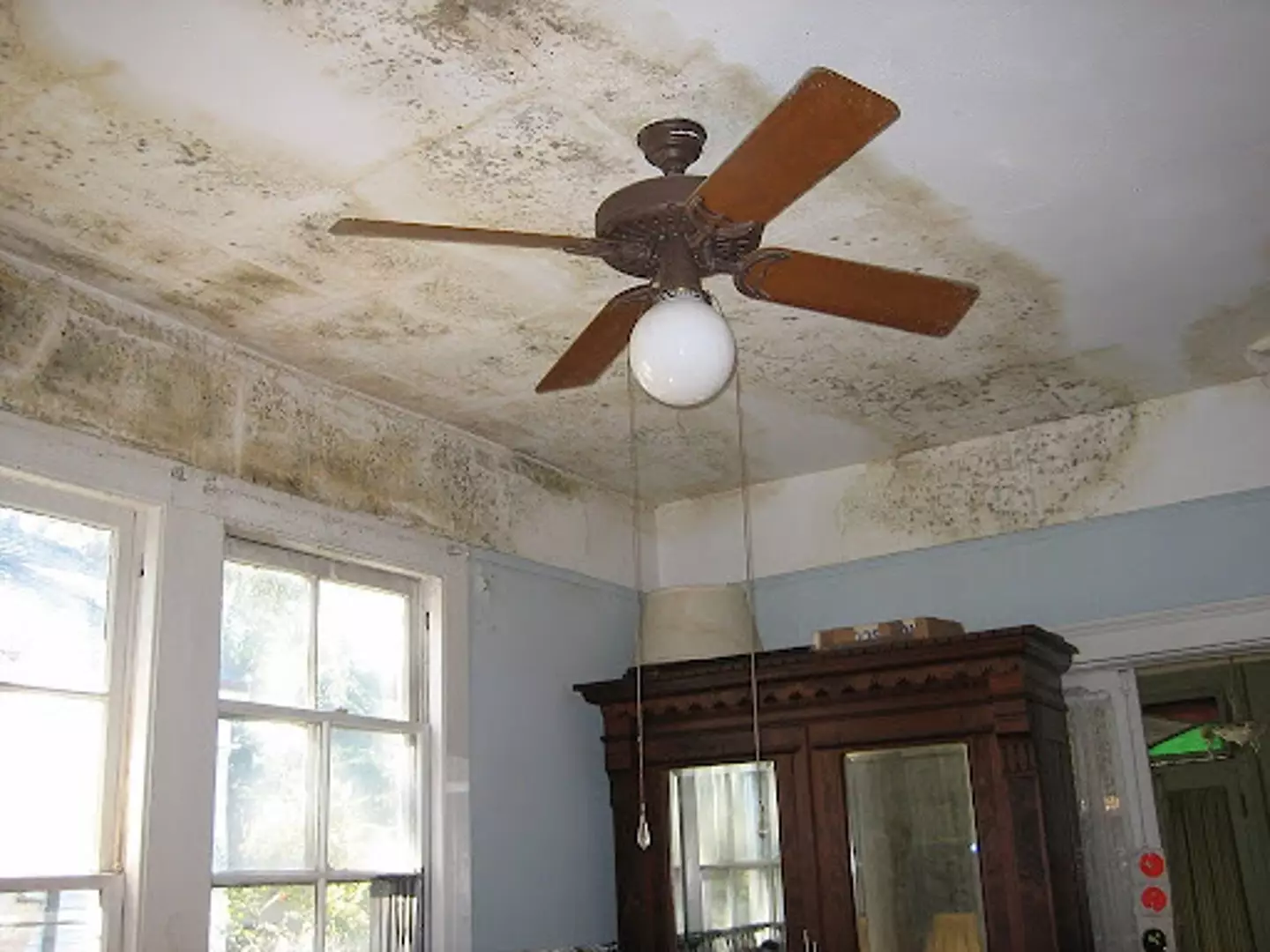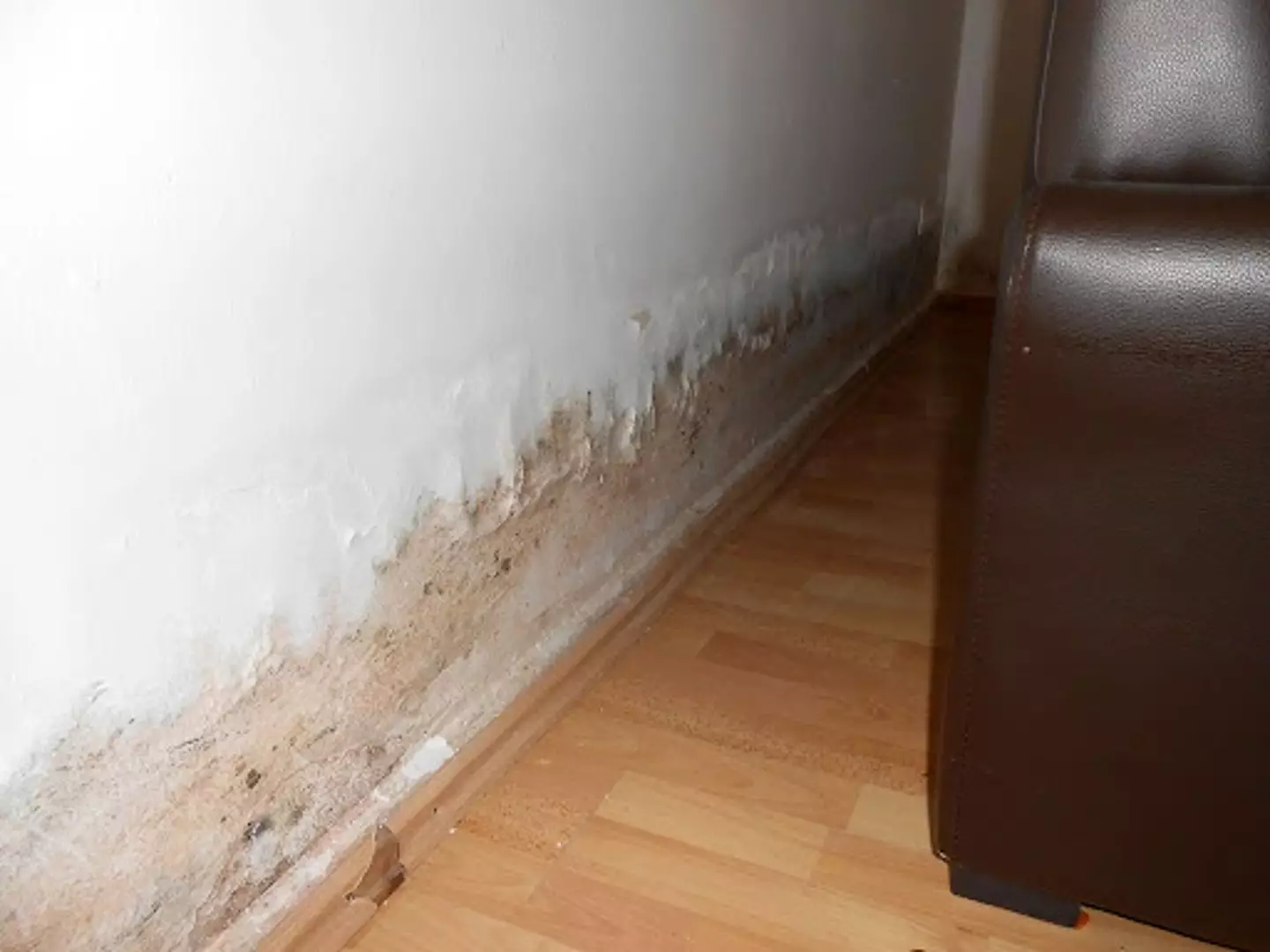
Wet and damp weather has become the norm in the UK in recent months.
With this comes the increased risk of household leaks, which can be caused by fault plumbing or leaky roofs.
If the leaks are left untreated, mould can begin to grow inside houses - leaving the occupants at great risk.

Advert
A woman has been left in critical condition after she contracted pneumonia for the third time.
Morgan Sinnott's husband has blasted the local council for 'doing nothing' about mould in their council flat.
This comes just a few years after toddler Awaab Ishak died whilst living in a flat with untreated mould.
Why is mould so dangerous?
Mould triggers nasal congestion, sneezing, coughing, respiratory infections and worsens asthma and allergic conditions.
Advert
These symptoms are more severe in people who have weakened immune systems, severe asthma or chronic lung diseases.
How can one spot mould and get rid of it before it begins affecting their health?
Mould often looks like 'fuzz' or appears as a stain, smudge or discolouration. It mostly common appears as black, green or white.
But it can turn up in a variety of shades, including orange, grey or brown.
To prevent mould growing in your home, ensure that leaky plumbing and roofs are fixed.
Advert
Gutters will also need to be maintained to prevent them from getting blocked.
When cooking or showering, ensure that you keep the windows open to reduce condensation which leads to dampness.
A domestic cleaning expert, Petya Holevich, offered some advice on how to reduce your house's risk of mould.
Speaking to The Sun, she said: "Always open your windows during the warmest part of the day. This is the ideal time to open your windows to ventilate your home and get rid of condensation because the air outside is usually at its driest.

Advert
"This is typically in the late morning or early afternoon when temperatures rise and the humidity outdoors is relatively low.
"Aiming to ventilate your home during this time will allow fresh air to circulate through the house, which will assist in moisture removal without the need for additional heating."
Even the window, which you chose to open, can make a difference: "An extra tip I'd recommend is to consider the wind direction when opening your windows.It's best to always open them on the side of the house facing the wind as this can facilitate better airflow.
"You don't have to keep your windows open for long either. Between five and 15 minutes is sufficient."
